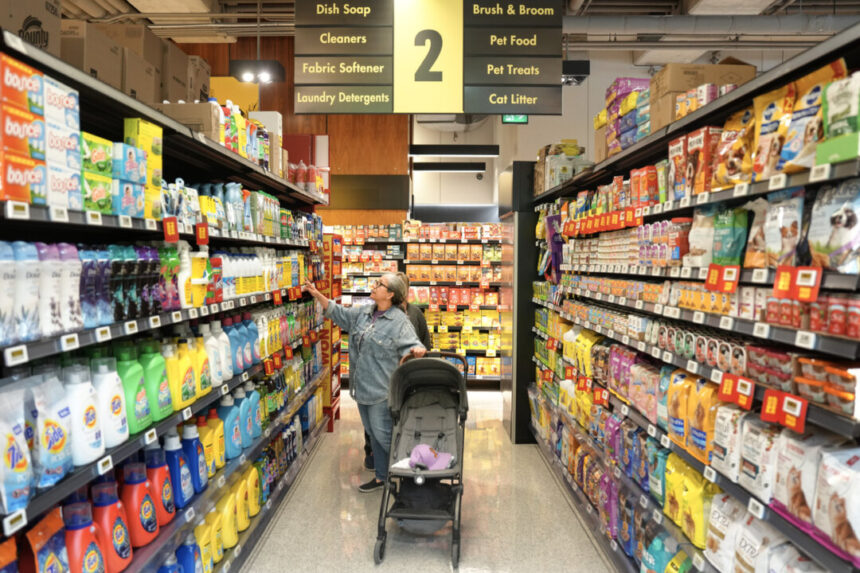Commentary
Exploring consumer-based philanthropy at the grocery store level is a concept that intrigues both economists and social entrepreneurs. The idea of harnessing consumers’ generosity and altruism to support those in need while sustaining a grocery store raises important considerations.
But can this approach effectively work in reality?
A distinctive experiment is unfolding in Montreal with the establishment of an independent grocery store named 3 Paniers. This store offers three pricing options: the “Solidarity Price,” which trims profit margins to make groceries more affordable for individuals on tight budgets; the “Suggested Price,” which includes a standard profit margin essential for the store’s financial viability; and the “Pay-it-Forward Price,” which not only covers expenses but also subsidizes the Solidarity Price, backing the store’s mission of social equity.
The question remains whether a significant number of consumers will choose the Pay-it-Forward option. While optimism is warranted, the practical outcome may differ. Consumers, irrespective of their financial circumstances, often manage their food expenses in diverse ways. Stores like 3 Paniers may attract individuals attracted to the cause, but their numbers are likely to be limited.
A similar concept was tested at The Anarchist, an “anti-capitalist” café in Toronto, which operated on a “pay what you can” model. Unfortunately, it closed after a little over a year in operation. Despite this setback, the idea persists. Another Pay-What-You-Can food market opened in Kitchener in June, aiming to enhance food accessibility in the community. Several lesser-known initiatives nationwide share the common goal of encouraging more affluent individuals to support the less fortunate while grocery shopping. However, this remains a challenging concept that has yet to demonstrate substantial success.
Altruism is more readily channeled by food banks and food-rescue organizations like Second Harvest. Nonetheless, integrating diverse socio-economic groups within a single grocery store has always posed challenges. The notion of wealthier patrons assisting the less fortunate in real-time, as they engage in the same shopping environment, is precisely what these endeavors strive to accomplish. While these concepts have the potential to establish inclusive spaces that bridge socio-economic gaps, they often encounter enduring sustainability hurdles. Human nature tends to prioritize self-interest, leading individuals to be hesitant to overpay for their groceries to support others.
Nevertheless, charitable endeavors of this nature are already being undertaken on a larger scale, albeit without much fanfare. Despite facing scrutiny over the years, major grocery chains like Loblaw, Sobeys, Metro, Costco, and Walmart Canada make significant contributions to food banks and food-rescue agencies. For instance, Metro, the smallest among the country’s top three grocers, donated over $60 million to food banks last year. These companies, notwithstanding their profitability, play a substantial role in aiding those in need, participating in various initiatives encompassing child welfare, literacy, education, and housing.
Conversely, smaller social enterprises concentrate on fostering community unity by engaging volunteers and nurturing a sense of collective responsibility. The value of these efforts is hard to dispute. Most individuals would like to witness the success and prosperity of these enterprises. However, ensuring the sustainability of these initiatives will remain a formidable challenge.
Allowing consumers to determine their price is undeniably an intriguing concept. It’s regrettable that we can’t apply the same approach to our personal income taxes.
Views expressed in this article are opinions of the author and do not necessarily reflect the views of The Epoch Times.






